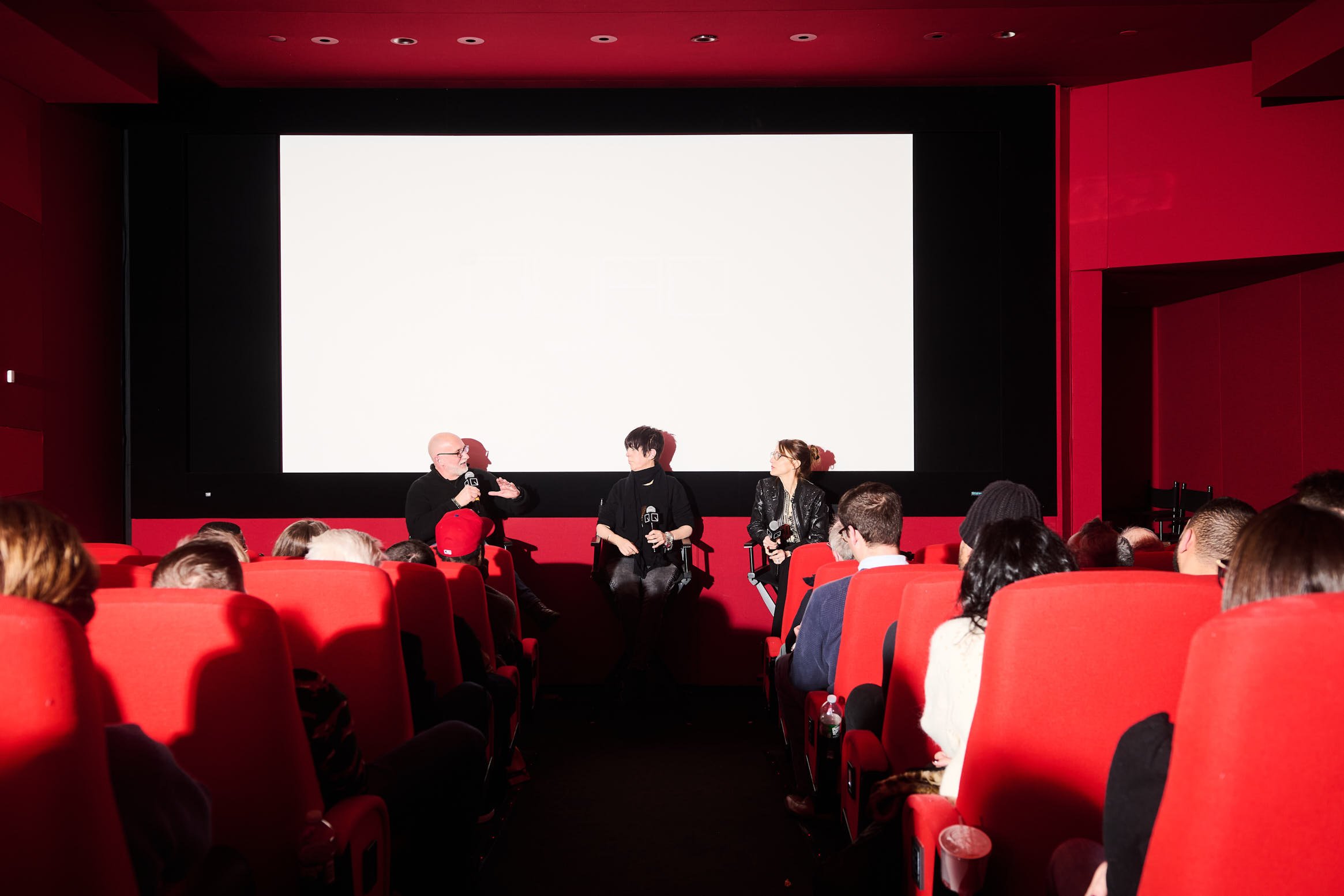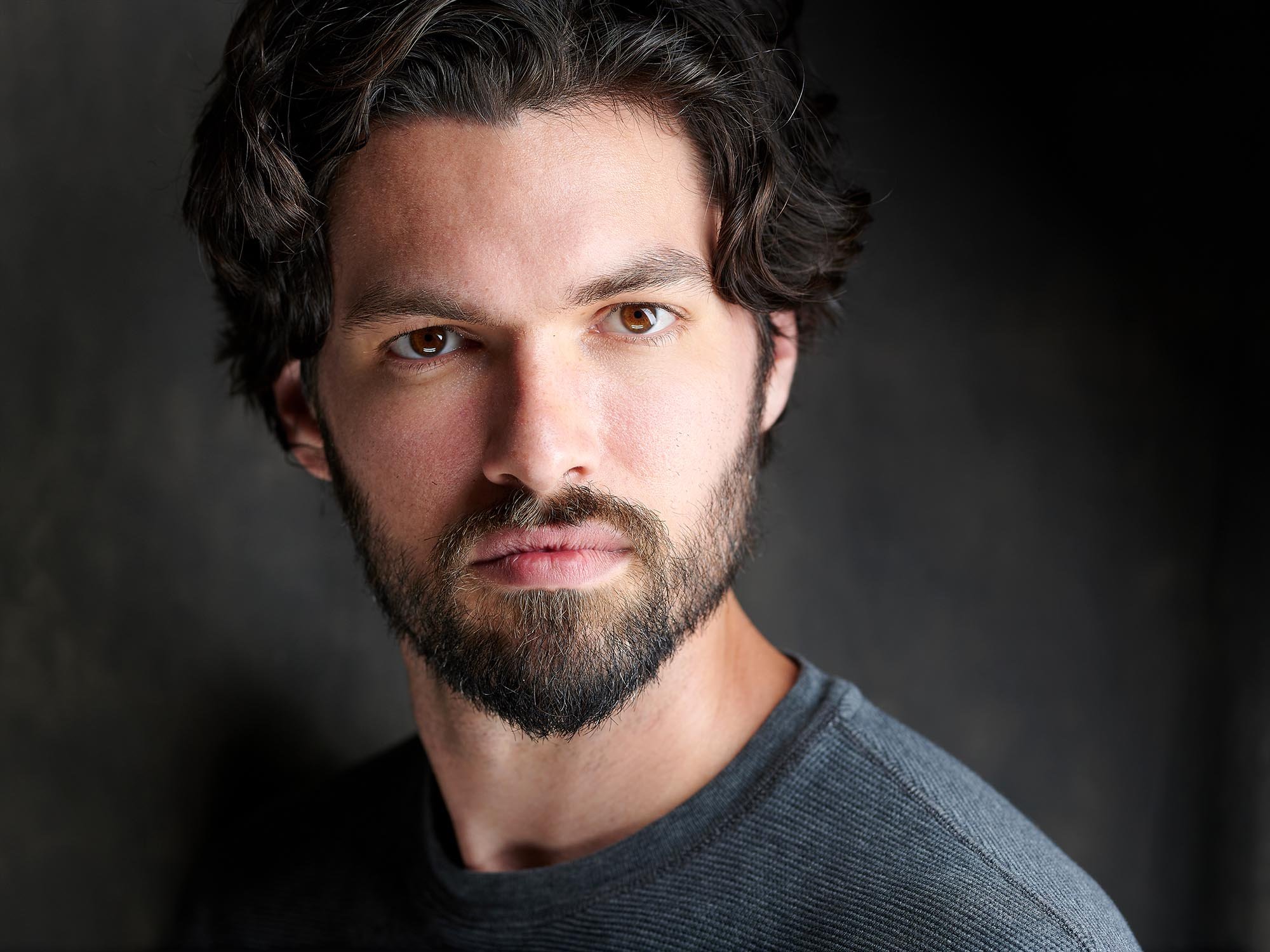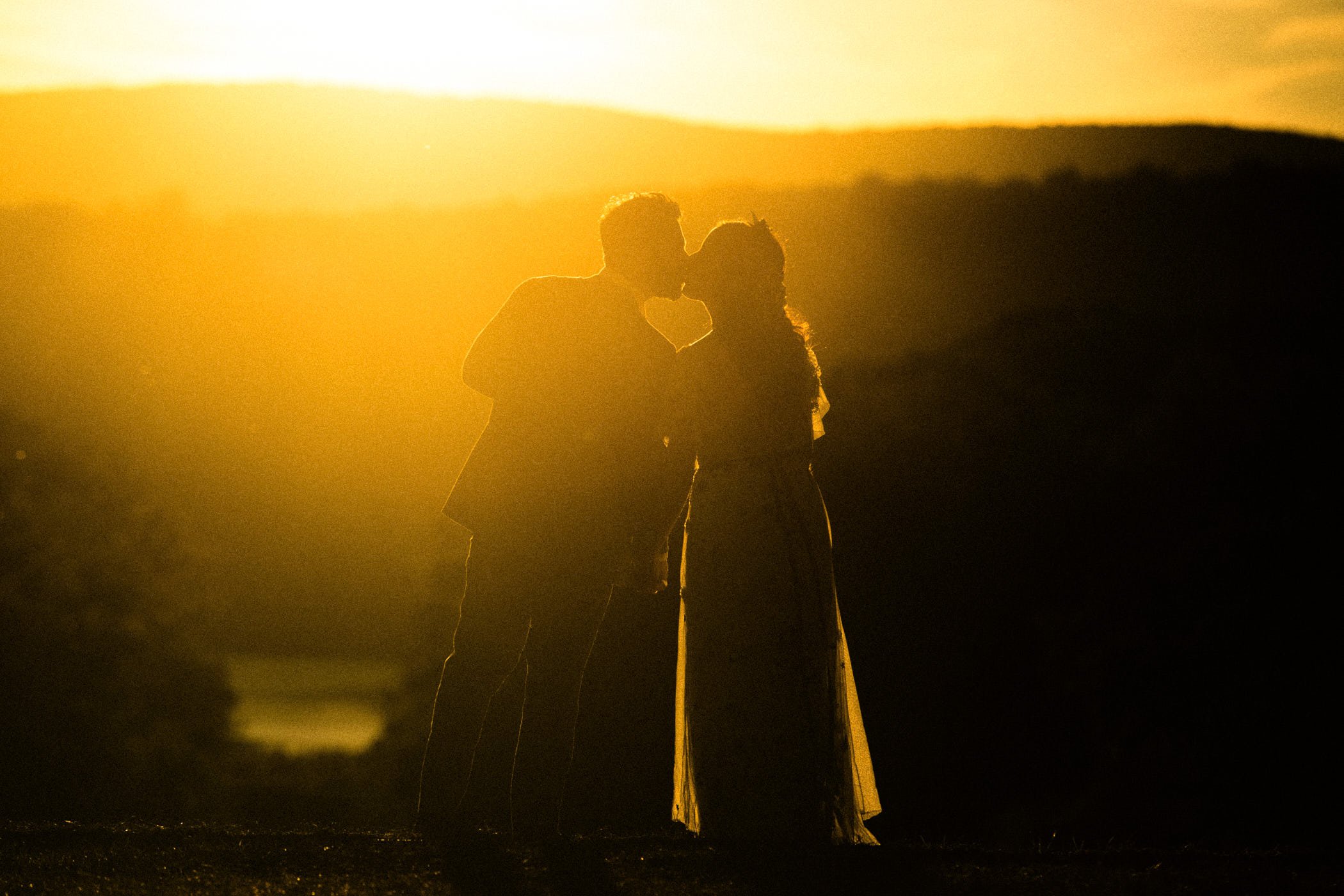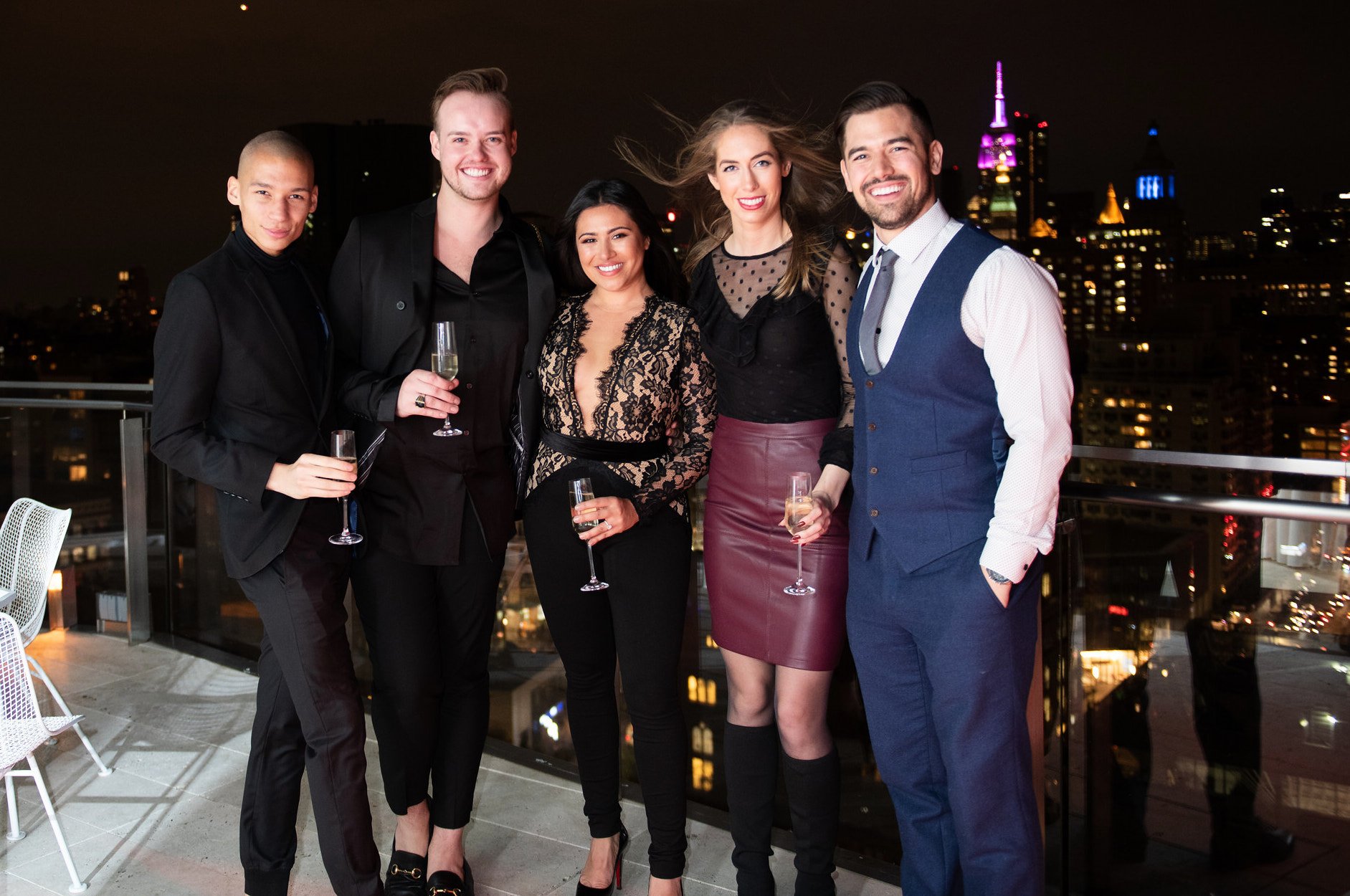10 Hobbyist Photographer Tips to Live By
Modeling Headshot - Joe Jenkins Photography
Contents
Learning the Basics
Gear is both necessary and not
Organizing and Cataloguing your Photos
Rights and Consent
Legal and Ethical Lines
Retouching and Editing
Inspiration is not Comparison
Sharing your Work
Developing a Style that is You
Staying Passionate
Super Producer DIanne Warren at The Quad NYC for 42 West - Joe Jenkins Photography
1. Learning the Basics
Exposure Triangle
The exposure triangle can seem a bit more like the bermuda triangle at times - and it can oftentimes take a very, very long time to learn . This being said, I almost exclusively shoot on manual mode anymore and, while I’m sometimes (often) a little off on the first shot, after one adjustment or so I can usually have myself dialed in to the correct exposure (ISO, aperture, shutter speed): Understanding this helps take better control of your shots.
As a refresher, below is a summary of the three components of the exposure triangle and their respective definitions:
ISO: ISO, or film speed, can be thought of as your sensor or film’s sensitivity to light. A film speed of 800 or a sensor set to 800 means that it’s much more sensitive to light and thus requires less of it to create an image.
Aperture: Aperture is the size of the opening in your lens (every lens comes with what looks like an iris and is a series of curved blades that all form a central opening. The opening can be adjusted in size and that size determines how much light is let in and also the amount of depth of field.
Shutter Speed: Shutter speed is probably the easiest to understand as it very literally deals with how long the shutter is open and the film is exposed to light. The faster the shutter speed, the less time it is open.Composition: Rule of thirds, leading lines, symmetry, etc.
Light: Learn to see and use natural and artificial light.
2. Gear is both necessary and….not
Many hobbyists fall into the trap of thinking that more gear equals better photos and that is not at all the case; or at least usually. I remember first getting into photography and buying all these items that I very literally used once and then forgot about (looking at you, rogue flashbender).
The thing about photography and gear is that the photographers skill level rises proportionately to the amount / sophistication of gear. And what I mean by that is, the more a photographer works, the more he or she advances. The more he or she advances, the more expertise he or she will have. It’s a bit like racecar driving. The more a racecar driver wins, the more he or she upgrades his car. And the more he or she upgrades his car, the more he or she wins. Gear is an indicator of a level of experience, but not necessarily a conduit to getting it.
Actor Headshot
3. Organizing and Cataloguing your Photos
One shoot can yield hundreds of images, and hundreds of images can quickly turn into a terabyte of data. The first thing you need to determine as a hobbyist photographer is - are you going to keep all of your raws? Personally, I don’t. In twelve years as a professional photographer I’ve never once needed to go back to a RAW file for a client that was any longer than a few weeks in the past. Seriously - what do you need them for if the shoot itself is of no great consequence to yourself.
I personally feel like we need to get out of the mindset that every RAW file absolutely be kept on record because it’s expensive to do so. In any one given year I could shoot a few hundred thousand images and storing those requires space - lots of it.
This being said, I do keep the JPGs and have worked out a relatively standard convention for storing them. Each top level folder is the name of the shoot and contained within that folder is another folder named ‘selects.’ Within selects resides edits and retouches, depending on the shoot type (event photography or headshots, for instance).
For cataloguing images, Lightroom is in my opinion the best software platform for keeping everything organized.
4. Rights and Consent
Wedding Photo at Sunset - Joe Jenkins Photography
Privacy and consent in photography, in an age where sharing online is instant and widespread, are important topics. Whether you're a hobbyist or pro, understanding when and how to get consent both insulates you legally and allows you trust with your subjects.
Here’s a breakdown of what you should know:
When consent isn’t neededGuidelines may differ by country:
Public Places: You generally don’t need permission to photograph in public places. In the event you find yourself on private property that feels public (say, a work campus), that campus may very well own the sidewalks and ask you to keep off of them. You can then step onto the road (which they likely don’t own) and suddenly you’re gold.
As well, if what you’re photoraphing is of public interest, (protests, parades), you can typically photograph freely.
When you absolutely need consentYou should get permission in the below:
The subject is in a private place (home, etc) and their is an expectation of privacy
The subject is under 18 and a minor
You plan on using the image commercially
5. Legal Stuff and Ethical Lines
Editorial Portrait - Joe Jenkins Photography
You should take time to understand both the legal and ethical guidelines surrounding photography — and this is true whether you're a professional or even a hobbyist. Just because a photo can be taken doesn’t necessarily mean it should be taken (I’d imagine celebrities would heartily endorse this statement).
What’s considered generally okay and legalPublic Spaces: Public areas are free-game for whatever’s visible (this doesn’t necessarily apply to the people in those places, especially those that are under 18).
Architecture & Landmarks: Architecture and Landmarks is okay, though commercial usage may be limited in certain situations.
Public People: There’s generally not a huge expectation of privacy when in a public place. This isn’t to say you should get right in someone’s face and take a photo of them of course. As well, irrespective of whether the person is in public or private, you absolutely need their consent to use their image commercially.
What is VerbotenTrespassing: This seems like a given, but don’t go fence-hopping to get a photo. There’s a reason why that fence is there in the first place, and you may find that the police don’t really care about the great angle you were trying to get.
Hidden Cameras: Photography that invades personal privacy (hidden in clothing, furniture, etc) is very much a hard no.
Children: Taking photos of a child without parental consent is a major no.
Misuse of Likeness: Once again, you cannot use an image of someone commercially without their consent.
Drones: Drones are really cool, and also prohibited pretty much everywhere. You cannot fly over peoples homes. You cannot fly them in urban areas and over sidewalks. You really can mostly only use drones on your own private property and as well designated public spaces.
6. Editing and Retouching
Less is more is a phrase that has never been more applicable than in retouching. Honestly, at the end of the day it mostly has to do with how trained your eye is and where you are personally at with your work. If this is your second day as a photographer and retoucher, no matter what you do, your image is only going to be as good as your eye is at determining how much, or how little, retouching / editing is necessary.
As a comparison, take a look at newspaper comic strips and if you have a moment, take a look at ones in their early days versus ones in their later years. Garfield, for instance, is a really good example. Garfield in his early years looks almost nothing like he does after a decade of being drawn by the comic’s author, Jon Davis. In the first year or so of Garfield the comic strip, it’s titular main character, Garfield, looked a bit more like a giant orange triangle with whiskers than it did a cat. As the years went by and Jon Davis got better at illustrating, he slowly but surely began to take on and develop the form we’re all accustomed to now.
The same can be said about your retouching and editing - in the beginning it’s going to look inevitably a little early-stage because no matter what you do your eye and your level of experience simply aren’t at a point where you’ll be able to produce experienced work. This being said, you nevertheless should try to keep things on the minimal side. When editing, try taking breaks and coming back to your work after a period of time and giving yourself a fresh perspective. Oftentimes in doing so you’ll be better able to get a better idea if things are over-edited.
7. Inspiration is not Comparison
Engagement Party - Joe Jenkins Photography
I’ve been a professional photographer now in New York City for twelve years. I’ve shot Martin Scorsese, work for the best modeling agencies in the world, and still get depressed out of my mind if I allow myself to get in my head and compare my work to others. Comparing your work to that of others is pointless and a waste of both time and energy and as well can actively work to sabotage you and hold you back.
Now, using others’ work as a source of inspiration is another matter entirely and that is something I routinely do.
Seriously, though, you do you and no one else.
8. Sharing your Work
When you start sharing online, you should be prepared for low engagement - and you shouldn’t let that discourage you.
Keep in mind that when you ask for people to critique your images online, the people that do so may be at a lower skill level than you.
- Humans have a habit of seeing things written down and taking them as creed and as well assuming that the people that authored them
must be authorities (or why would they have written them). Keep in mind that when you go into a place like reddit, or a photography group
on facebook, and ask for people to critique your work, the people doing so are more than likely in the exact same place as you. Take
online critiques with a grain of salt and nothing more.Be aware that uploading to certain platforms opens your images up to free use.
Uploading an image to flickr, for instance, may place some of your images under creative commons license - meaning that once it’s uploaded, anyone can download it and thereafter use it. Which sometimes is not the coolest thing in the world.
9. Developing a Style that is You
The ability to produce a photograph and it instantly be recognized is the pinnacle of what a photographer hopes to achieve through his / her craft. The greatest photographers in history, from Peter Lindbergh, to Annie Leibovitz, to Steven Meisel - all of them create images and with their portrait lighting in such a way that when one looks at their work they can almost, without hesitation, ascribe that work to that individual.
This being said, in keeping with the above point that one shouldn’t compare their work to others - a photographer should strive to develop an individual style and an aesthetic that is singular to them. How one goes about doing that is up to the individual, but the best way to do so is to keep shooting and as much as possible and to keep allowing yourself to be influenced by the works of others (this could come from photographers or simply other museum visits).
Actor Headshot - Joe Jenkins Photography
10. Staying Passionate
Photography shouldn’t be a chore. Shoot what excites you and if it does not, don’t - don’t try to force a square peg in a round hole. if you were meant to be a portrait photographer then you’ll enjoy taking portraits. If you were not meant to be a portrait photographer - you won’t.
Try joining online groups, take photography challenges, take walks with your camera, and do things that are off the beaten path. Even something so simple as shooting your running faucet with a speedlight (which I’ve done in the past, and yielded something quite cool), can produce inspiring imagery.
Conclusion
Photography is hard work and requires time, patience, and dedication (to get good at, anyhow). Being a hobbyist can be a daunting task, as there are more photographers in the world than there have ever been at any point in history. Gear, criticism, social media engagement (or disengagement), and the like can all weigh heavily on the aspiring snapper.
This being said, taking the above into account is a good way to guide yourself into the craft and ultimately pursue something that is extremely fulfilling.






